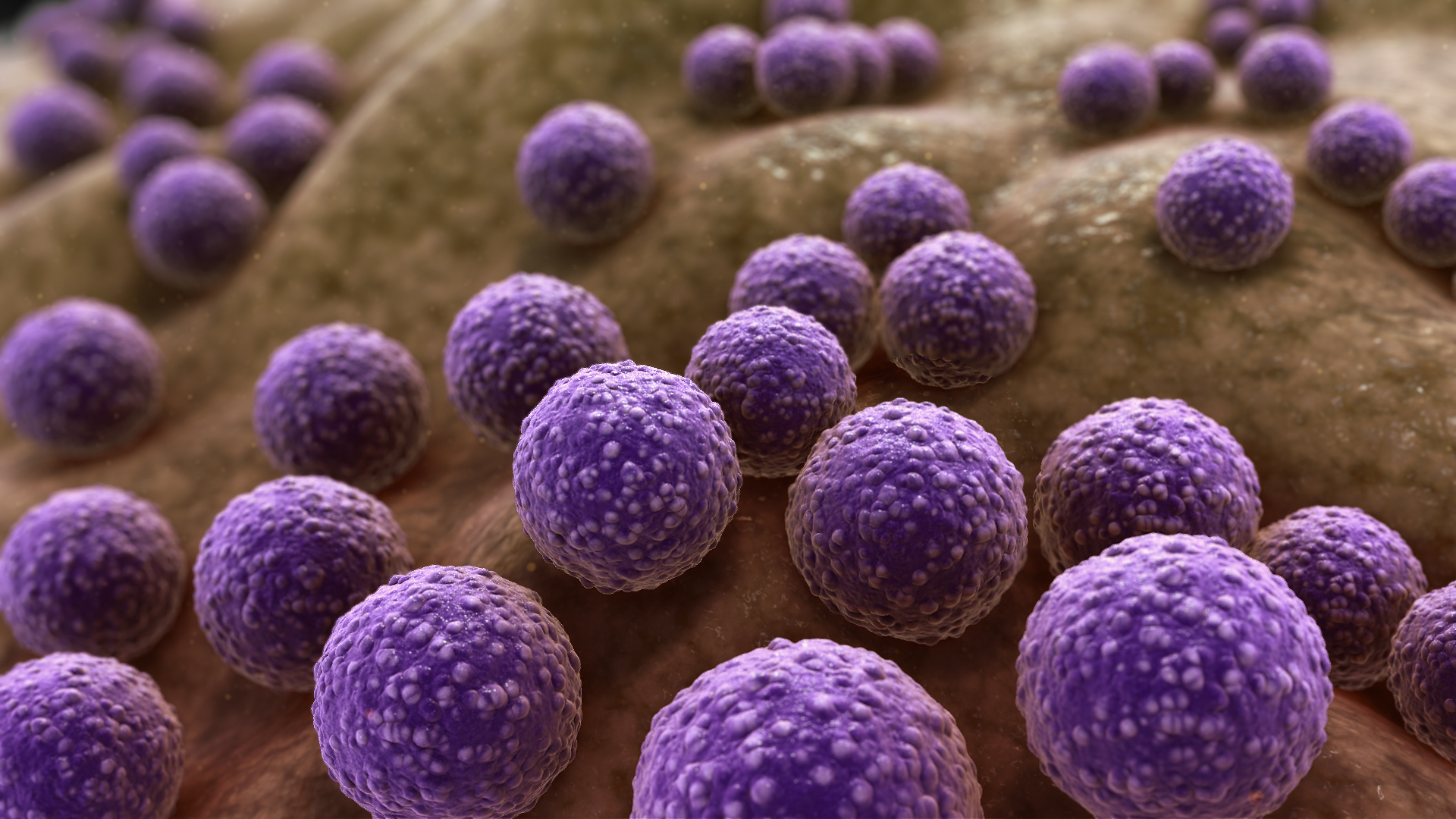Believe it or not, but not all bacteria is out to get you, especially some of your gut bacteria. These helpful bacteria can aid in digestion and overall healthy, but the question is, why doesn’t your immune system kill them just like harmful bacteria? In other words, how does the immune system differentiate between good and bad bacteria? For now, we are not really sure, but a study from March of this year by Immunologist Ivaylo Ivanov and his team at Columbia University could bring us closer to understanding this form of cell signaling.
The study focuses particularly on the interaction between T cells and segmented filamentous bacteria in the gut. Normally, the immune system would produce antibodies that would bind to antigens on the foreign cell’s surface. As a result, the cell would be marked for destruction by the immune system. However, through an experiment on mice, the researchers found that although the T cells were activated by the segmented filamentous bacteria, the T cells did not destroy the bacteria.These gut bacteria located in human, mouse, and fish intestines cling themselves to the gut wall and have antigens. So why aren’t they killed? Well, the antigens are packaged in tiny vesicles located near the tip of the hook-like appendage that the bacteria uses to cling to the gut wall: the holdfast. Sorry, that’s about all I can give you. The rest is speculation at this point.
Nonetheless, Ivanov and his team discovered something previously unnoticed by finding these vesicles that hold antigens in segmented filamentous bacteria. They speculate that the T cells read antigens in different ways based on whether or not it’s exposed on the outside of the cell or packaged in a vesicle. In the end, this a big discovery that peaks my interest, especially for its implications on the study of cell signaling. What’s your hypothesis as to why the T cells don’t attack the gut bacteria?



Leave a Reply